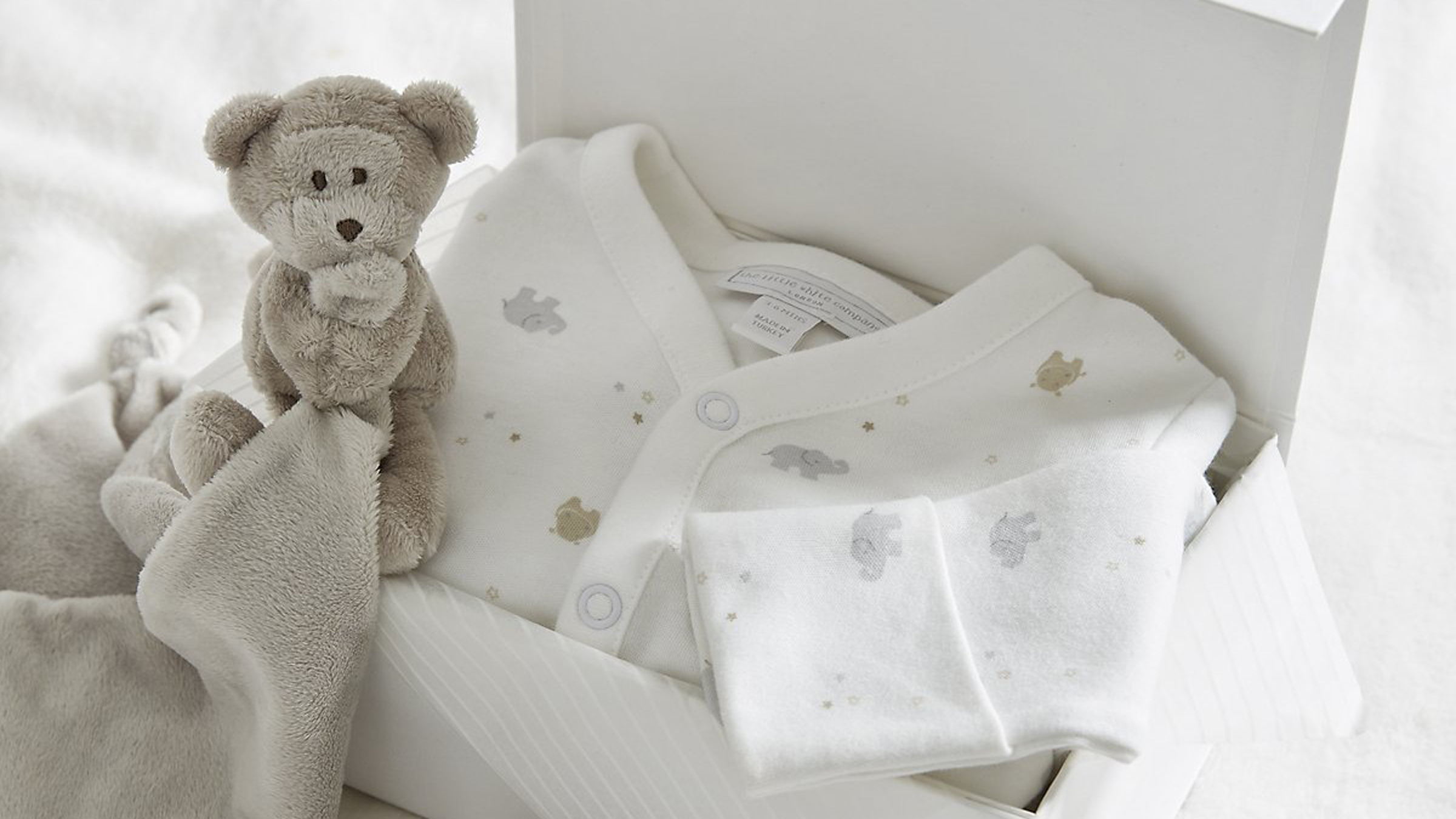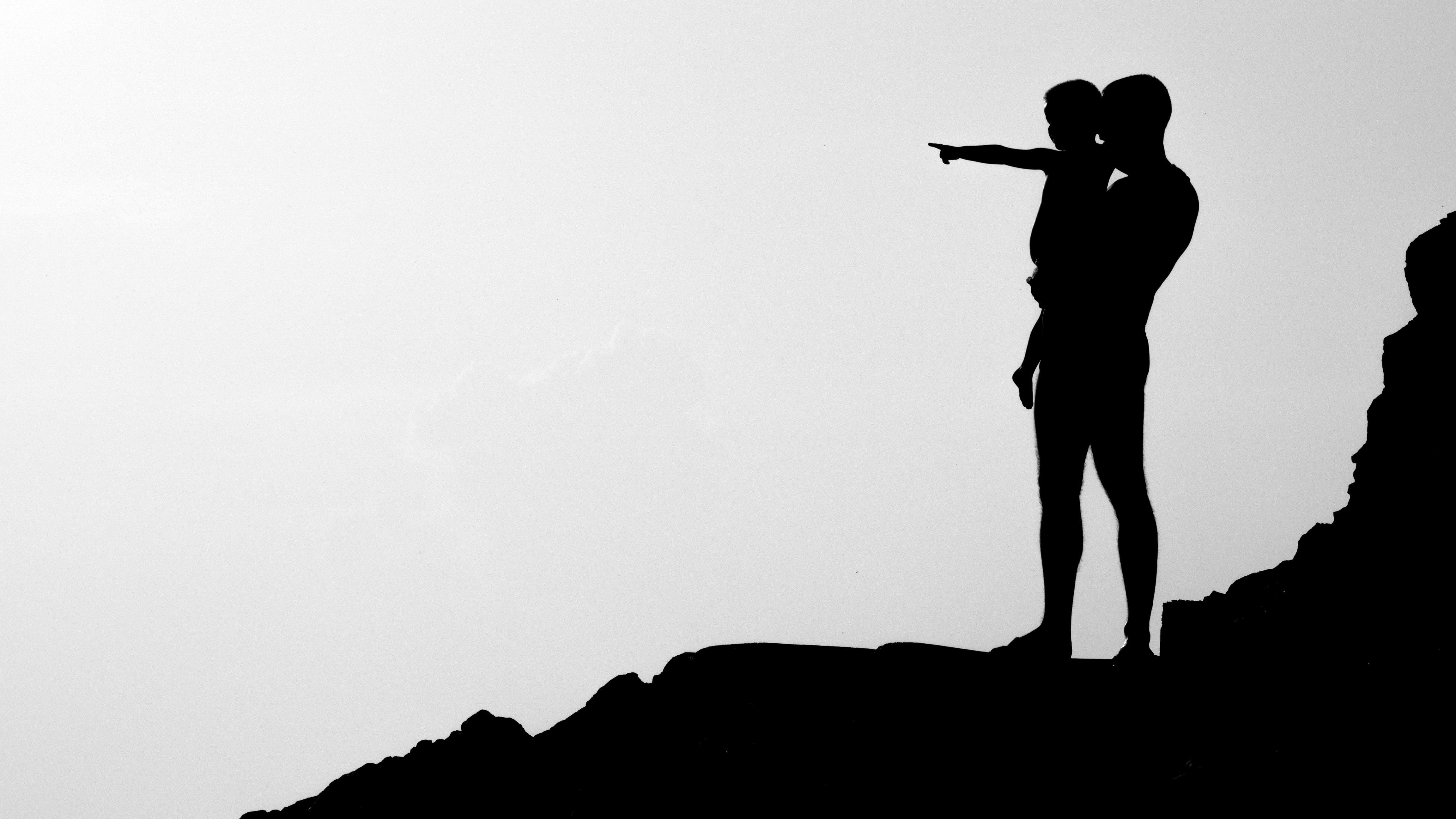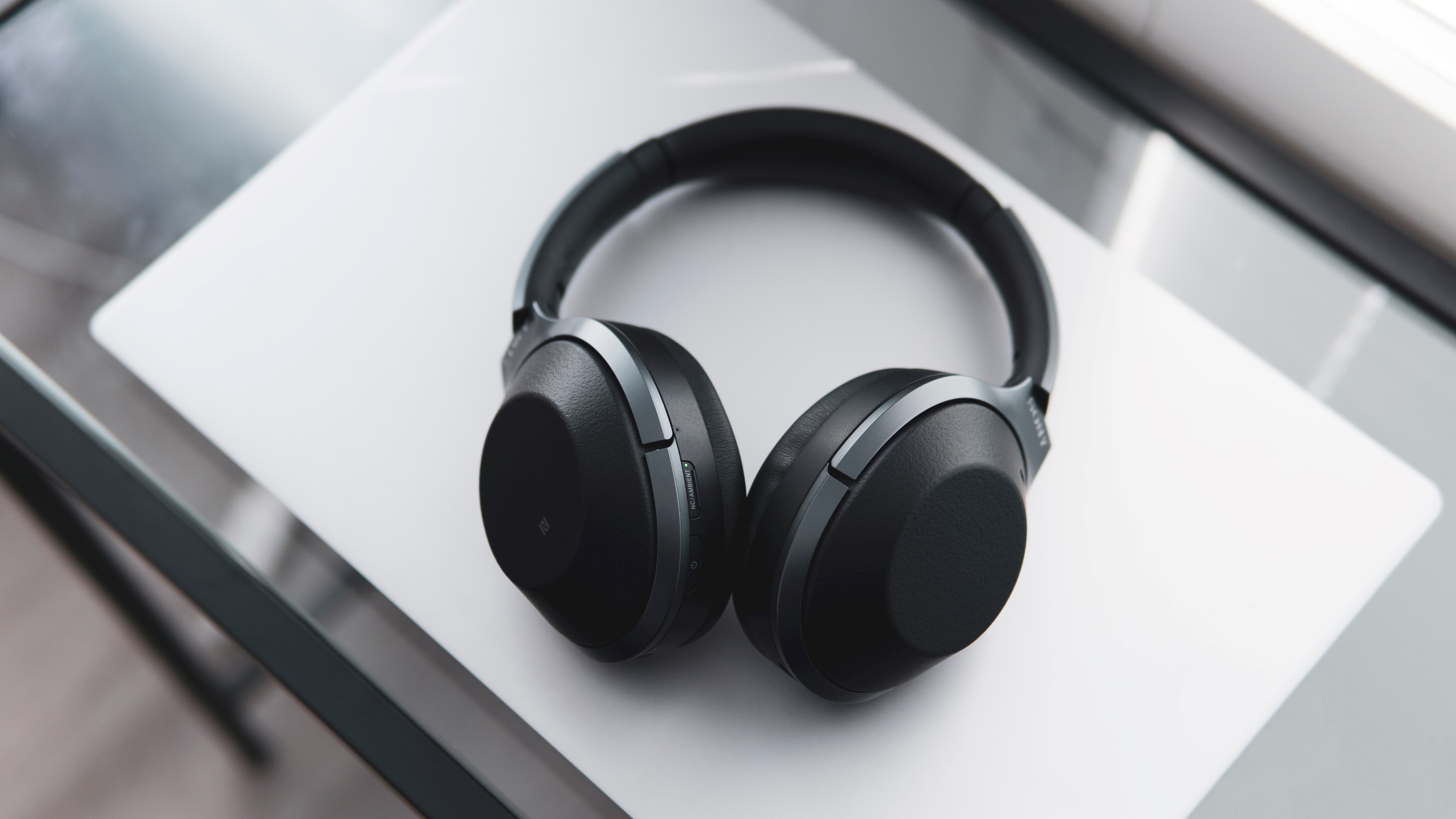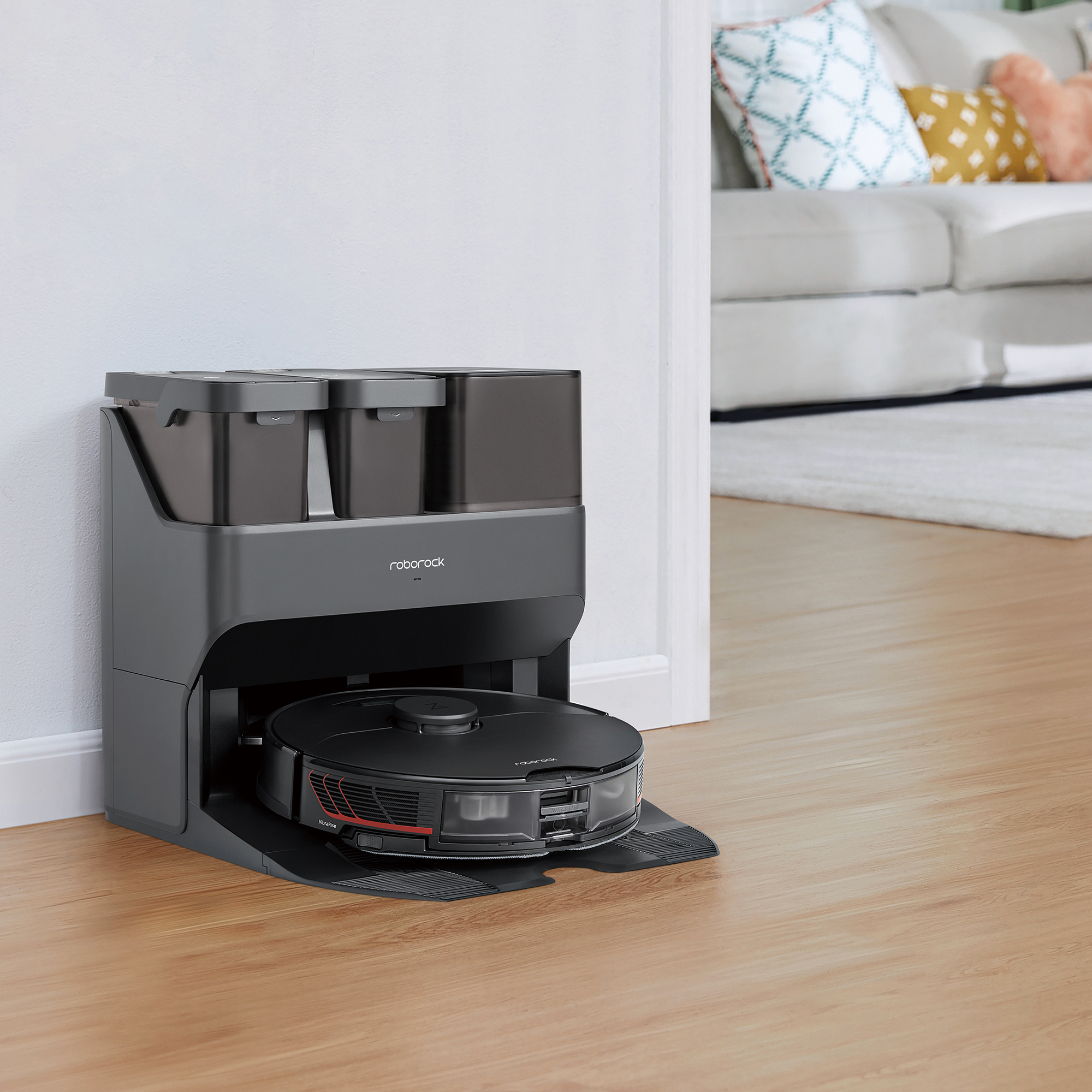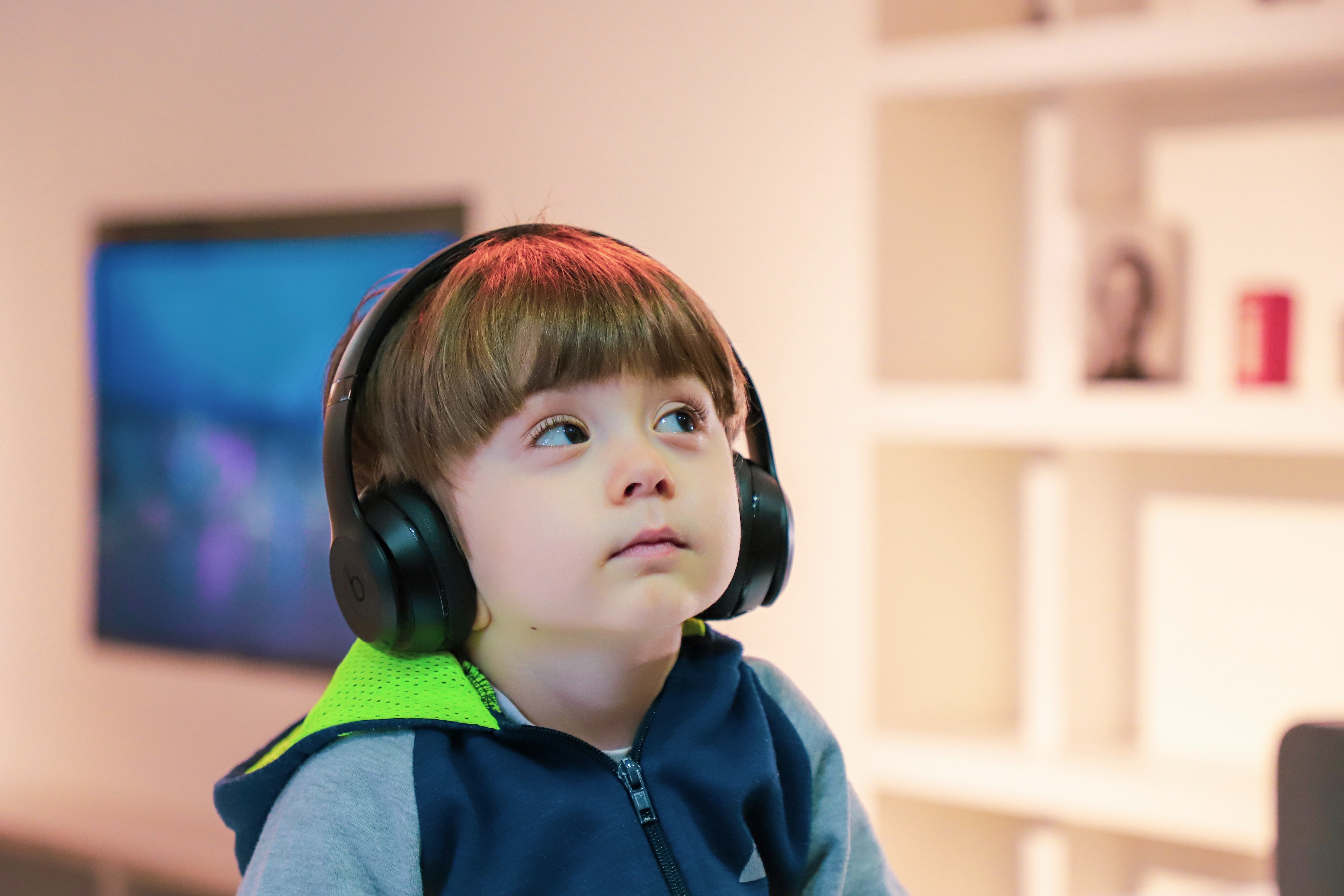It’s tempting to overbuy when you’re expecting, but how much gear does a newborn really need? Most newborn clothing fits babies weighing 5-7lbs, but bigger babies move straight into clothing for 0-3 months. Considering how fast baby will grow, buying just the essentials in newborn sizing, then setting aside money for bigger baby clothes later on, is a wise move.
Ultimately it’s a balance between ensuring you have enough in your newborn’s wardrobe (also known as a layette) to see you through emergency changes and spit-up sagas, and not blowing cash on pieces baby will only wear once.
Read: The best baby essentials 2017
Below we look at the clothes you’re most likely to need during your newborn’s first six weeks, with suggested quantities listed beneath each type of clothing. How much you buy depends on how often you want to do laundry! Newborns can be messy, so don't forget to stash an emergency outfit in your nappy bag.
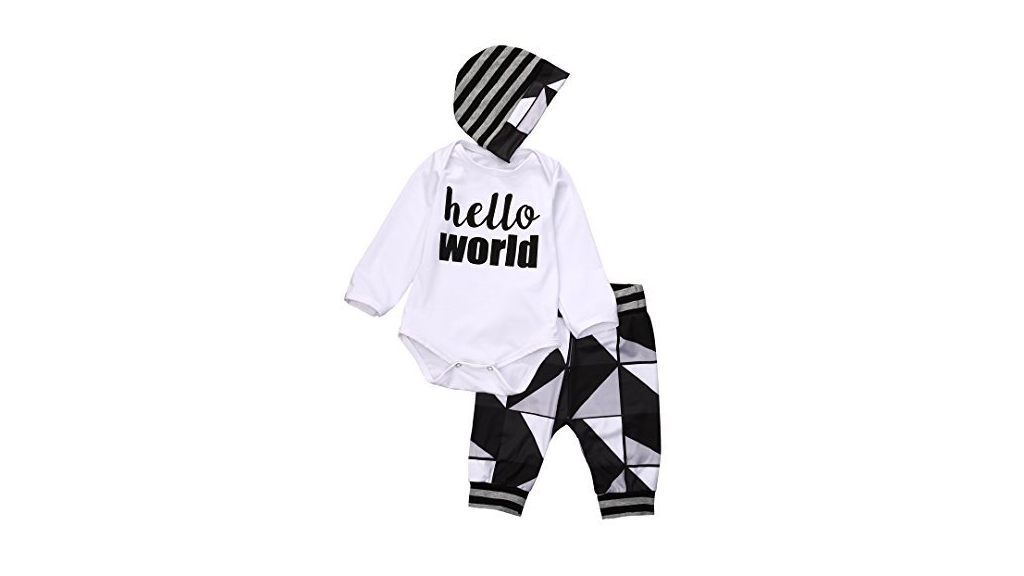
What to know when buying newborn clothes
A general rule of thumb is to shop by your newborn’s weight, not their age. Different brands tend to size clothing differently, so weight is a more reliable measure. Look at the labels of clothes to see if the weight is listed along with the age. And while you’re studying that label, make sure it says ‘machine washable’, otherwise you’ll have to hand-wash the garment.
Another consideration when choosing clothes for newborns is how easy can you get them on and off a wriggling baby. Babies don’t like having clothes pulled over their heads, either, so opt for tops and bodysuits with wide necks or snap fastenings. Snaps at the crotch make nappy changes faster, too.
Be careful with decorations and trimmings
When it comes to the details, bows, buttons and sequins are beautiful, sure, but they must be securely attached to baby’s clothing. If anything has the potential to come loose and find its way into your newborn’s nose or mouth, leave it. The same goes for newborn clothing designed with fringing or strings – both are strangulation hazards.
Now that we have a basic idea of what to keep in mind, let’s look at the main types of newborn clothes and accessories you’re most likely to use...
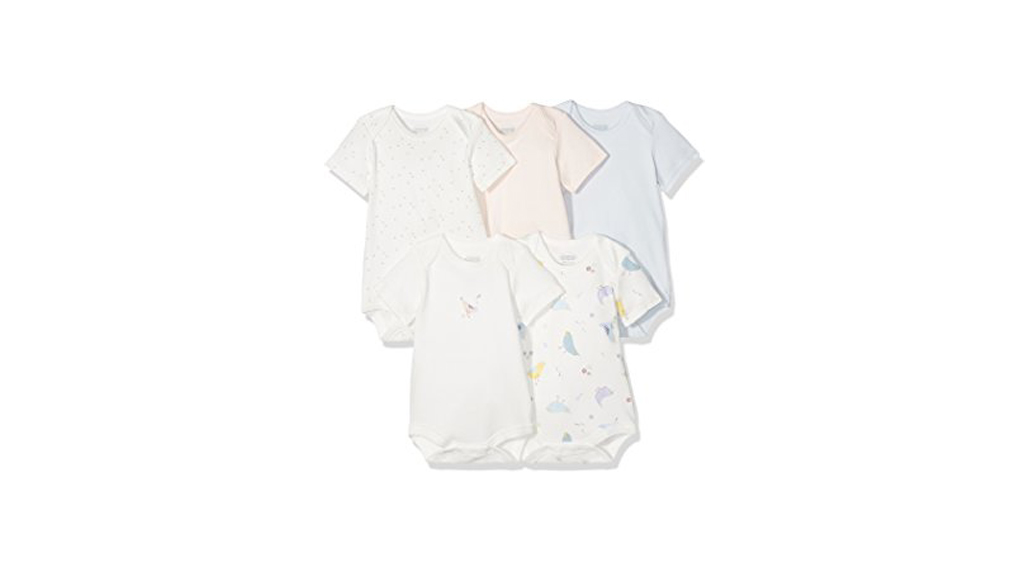
Bodysuits and onesies are a staple in any newborn’s wardrobe, especially classic white styles. They can be long-sleeved, short-sleeved or full-length, and some have built-in booties. If you’re on a budget, baby onesies work as daywear and sleepwear. You can buy bodysuits with snaps and zippers – the latter may appeal to sleep-deprived parents looking for a speedier way to dress baby.
Rompers have no built-in booties and are usually lightweight and sleeveless. When buying bodysuits or rompers, choose those with wide head openings (ie, an envelope neck) and loose legs, as these are easier to remove. Take a look at the Simple Joys by Carter’s Short Sleeve Bodysuit if you live in America, or the Mamas & Papas Bodysuits if you’re in the UK.
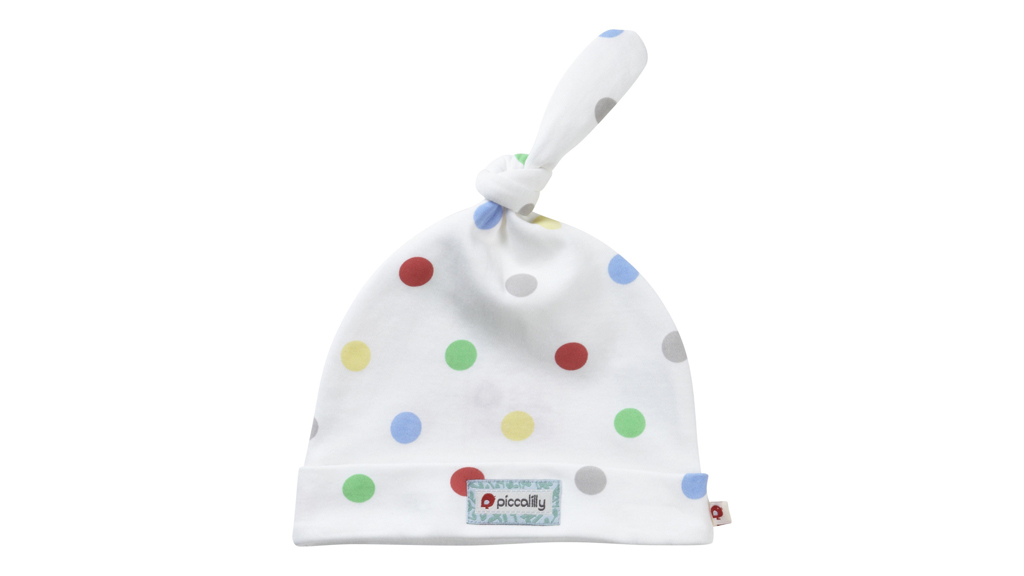
We know those teeny Converse hi-tops are cute, but baby won’t need shoes until he or she starts walking. Instead, buy socks and booties. Socks are useful for outside trips in the summer, while booties add an extra layer of warmth during autumn and winter. To stop baby wriggling out of their socks, dress them in booties that tie at the ankles.
Babies have fast-growing nails and, if left unattended, newborns can scratch themselves. Mittens are therefore a must for newborns at any time of year. There are lots to choose from, with many costing less than a take-away coffee.
Baby hats are one way to keep newborns cool in summer and to limit excess body heat loss in winter. When it comes to how many hats you need, two is best – one to wear, one to wash. Choose a broad-brimmed hat for a summer baby, or something cosy to cover the ears of a winter babe. For classic newborn styling check out the Piccalilly Organic Knotted Hat (UK customers) or the Babyprem Knotted Newborn Hat in a timeless stork design (US and UK).
A cute top and leggings could serve as a dressier outfit if you’re taking baby out for a family lunch. Separates - wide-neck or snap tops, plus leggings with stretchy waistbands to fit over nappies - also enable you to change one piece of dirty clothing rather than removing baby’s entire outfit. Try the Kingko Baby Bear three-piece (UK) for instant newborn style, or the Aliven Newborn Top, Pants and Hat Set (US) for a trendy geometric print.
If you can’t decide what to buy, many companies offer newborn clothing starter packs. The White Company sells some of the UK’s most popular newborn clothing sets, including the unisex Little Cloud Baby Gift Set. America’s L’oved Baby also has some stunning newborn separates and sets.
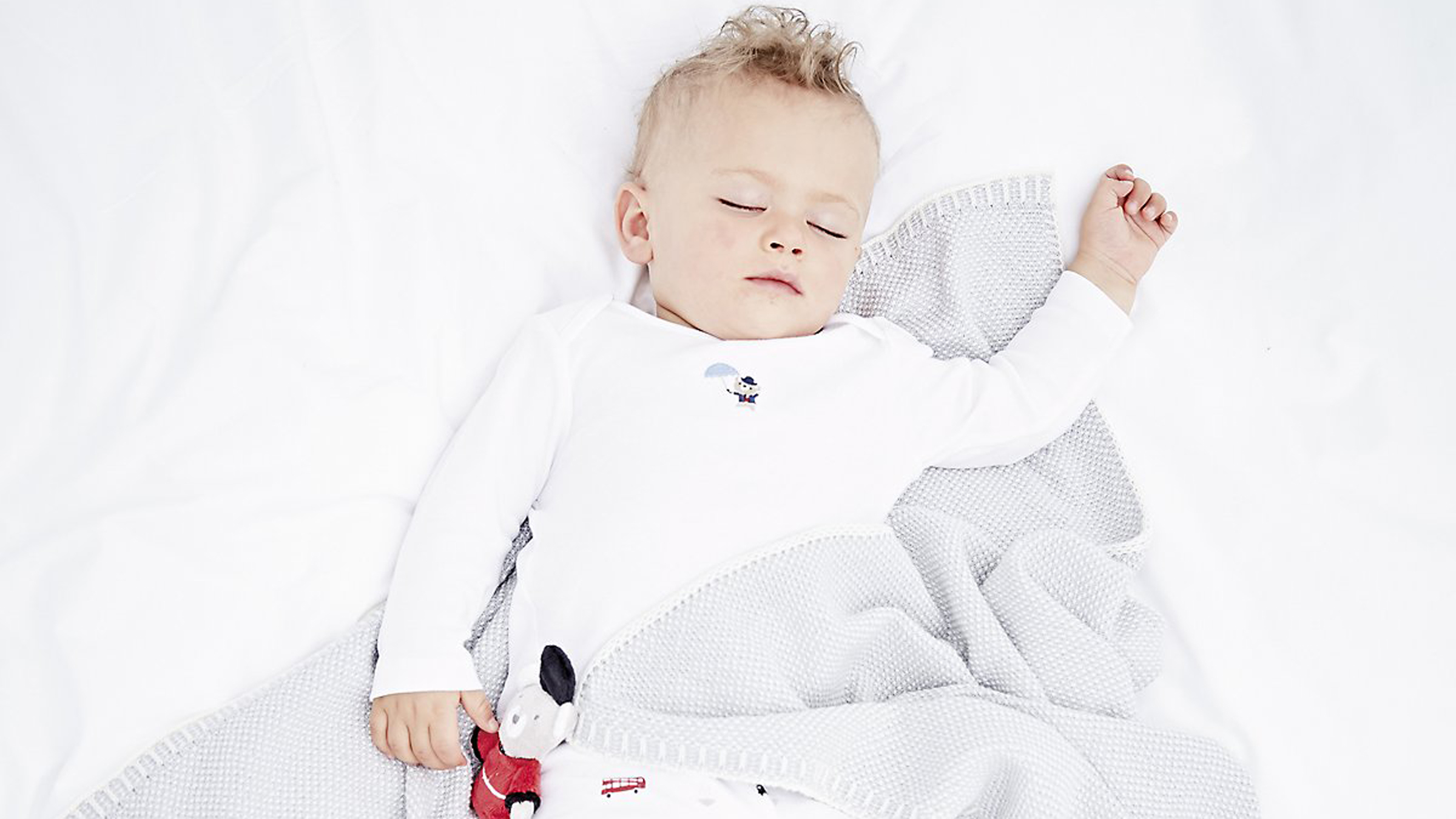
Sleep gowns, with their wide, elasticated hems, are a genius invention for stealthy night-time nappy changes because they provide easy diaper access while keeping baby covered. Parade Organics, based in America, sells plush, organic cotton kimono sleep gowns in 17 prints. If you live in the UK, try Maple Clothing’s Organic Baby Bundler Kimono Gown.
Looking for newborn pyjamas instead? Great! Just make sure they’re lightweight yet warm enough (but not hot) to keep baby at an optimal temperature for snoozing. Newborn pyjamas should also be flame-resistant and secure enough to prevent bunching of the fabric.
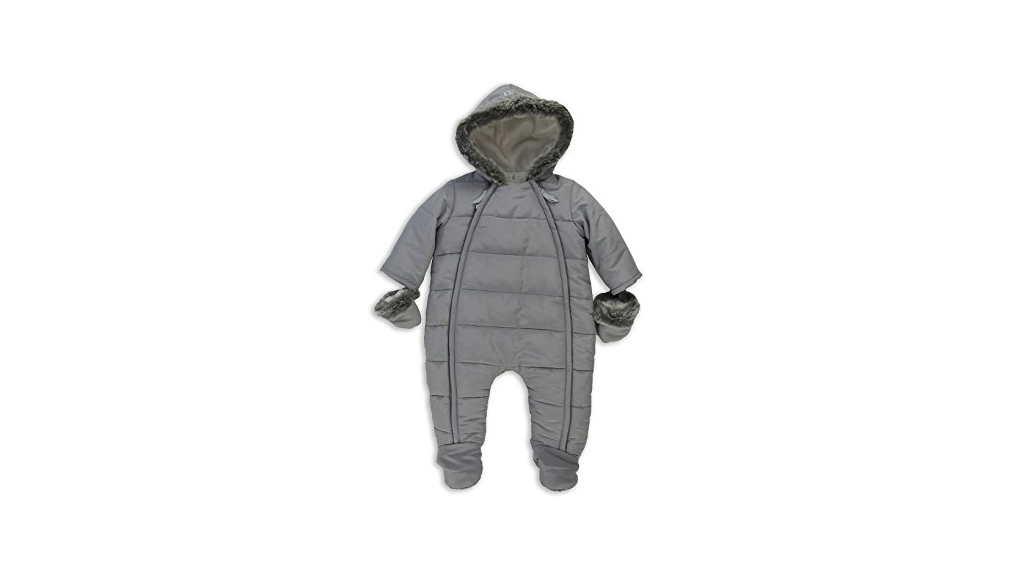
Jackets can be worn by newborns on chillier spring and summer days, and are ideal for teaming with onesies or leggings and tees. When buying a newborn jacket, look for those that button or zip-up at the front, as newborns spend most of their time lying down and will cry if there are buttons digging into them.
Snowsuits are a seasonal item, suited to newborns born in autumn or winter. These suits are often hooded and come in various materials, from snug fleece to high-tech water- and wind-resistant materials. The Essential One Trimmed Snowsuit is a hit on both sides of the Atlantic, thanks to its double-zip opening, warm faux fur trim and machine washable outer.
